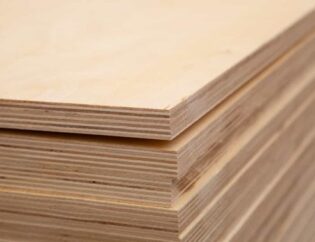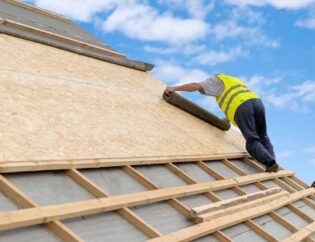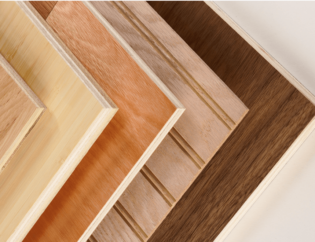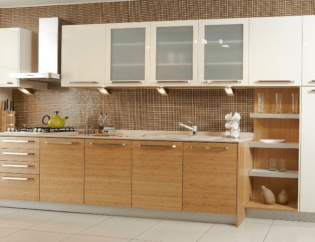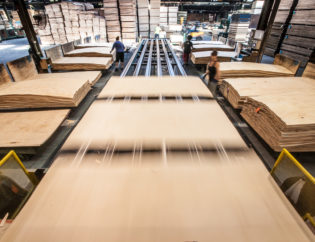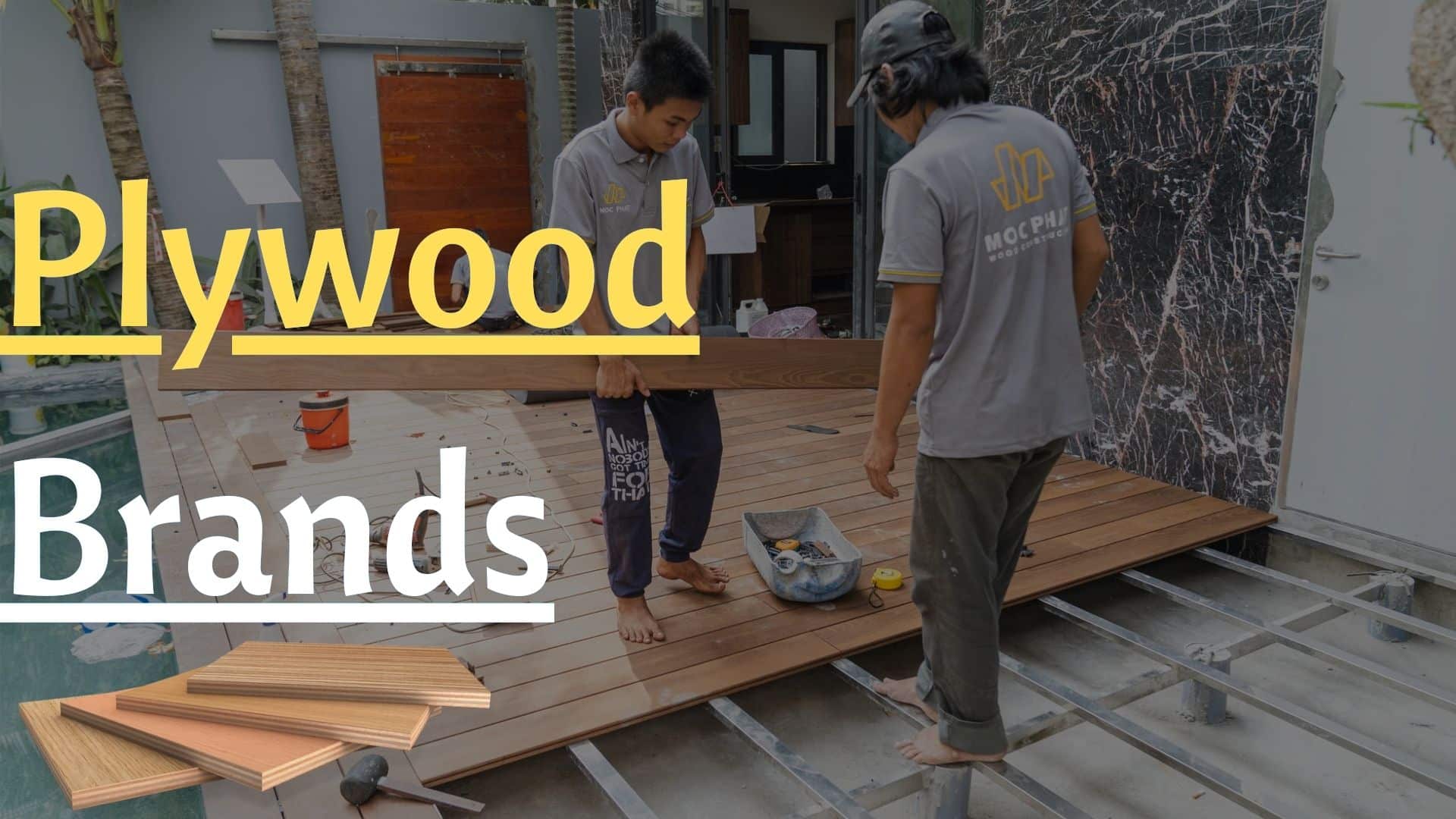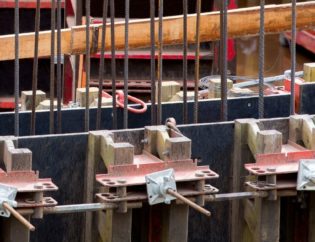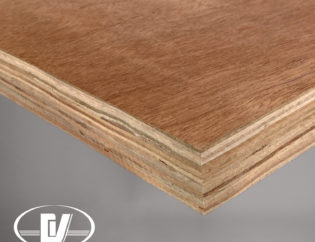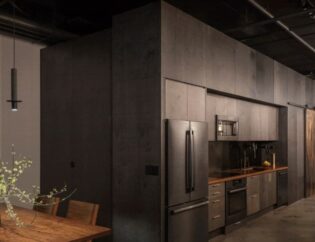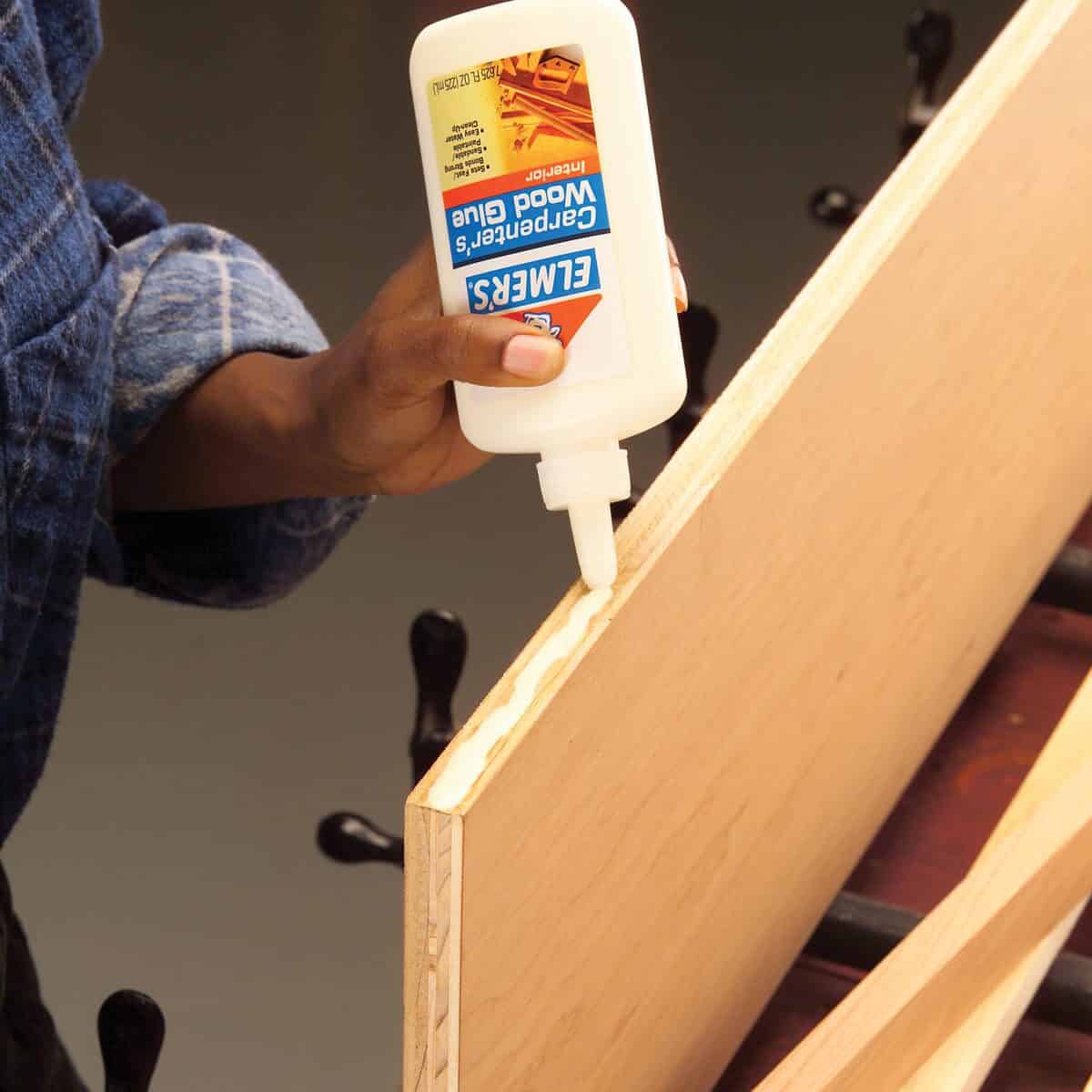
The world of plywood is vast and complicated but once you learn the grades you can find the right plywood for the job in a jiffy.
How Plywood is Composed
Familyhandyman – Plywood is made of several layers of veneer, thin sheets of wood sawed off from trees. The layers are glued together and if water-resistant glue is used, it is exterior plywood. Pine, spruce, mahogany, Douglas fir, birch, oak and maple are types of wood used for exterior plywood. Exterior plywood used the traditional grading system but uses the letter “X” to indicate it was made with exterior glue. We’ll help you find the right plywood for you. Check out the differences between oriented-strand board and plywood.2 / 10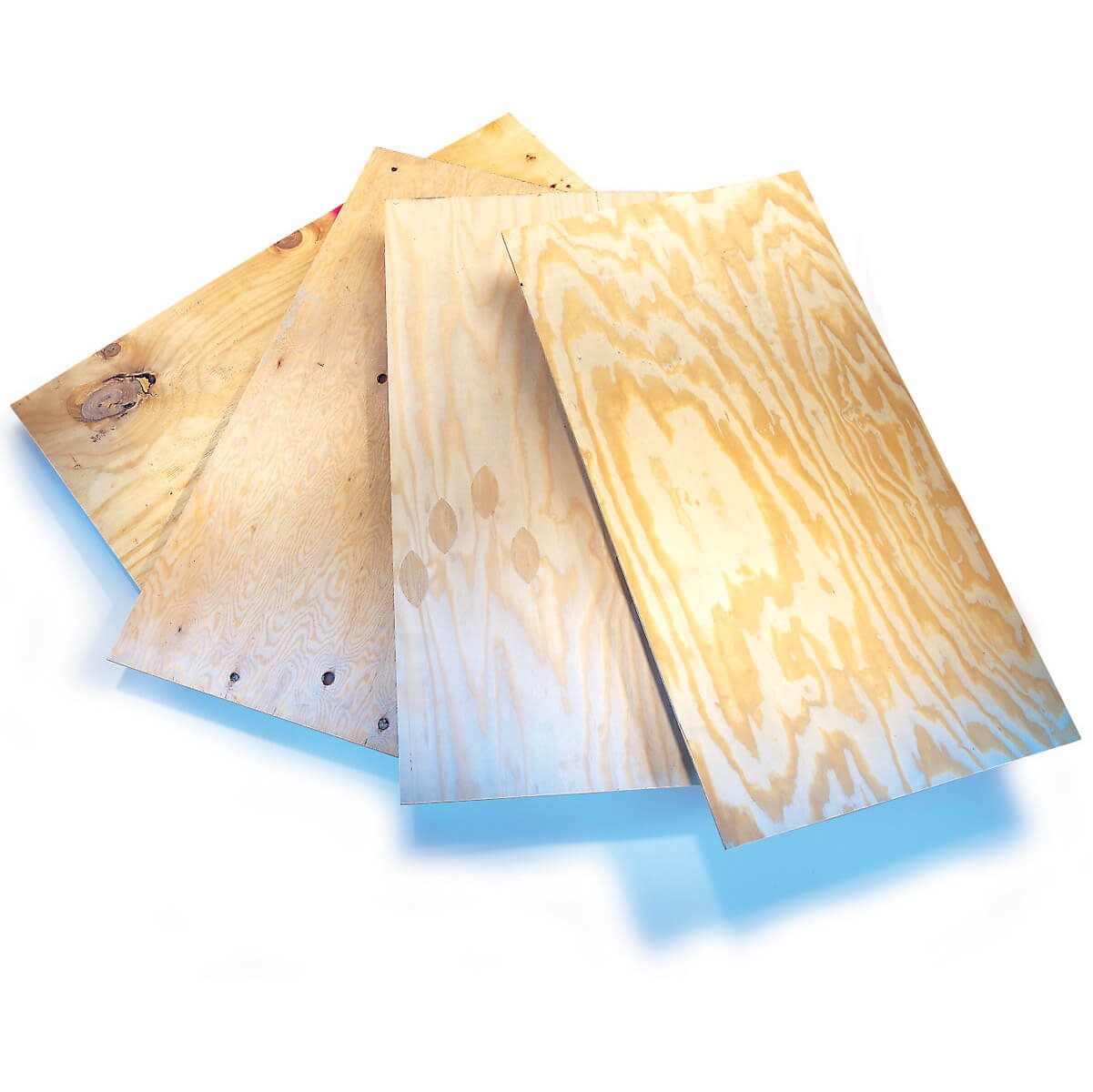 FAMILY HANDYMAN
FAMILY HANDYMAN
Know Plywood Grades
There are a few plywood grading systems out there, but most of them follow an A-D classification with A being the best. Plywood is also classified as Exterior, Exposure 1, Exposure 2, and Interior. The type of plywood you choose will depend on economics, how much exposure to the elements the wood will get, and whether looks are important to you.
- Fully waterproof bond (glue) between the layers and designed for applications subject to permanent exposure to weather and moisture.
- Exposure 1. Fully waterproof bond but not for permanent exposure to weather or moisture.
- Exposure 2. Interior type with an intermediate bond. Intended for protected construction applications where slight moisture exposure can be expected.
- Interior applications only.
If you don’t have a lot of money to buy plywood and you don’t care if your plywood is baby smooth on the surface, go for a lower grade. It’s just as strong as the nicer looking grades.
- Smooth, paintable surface. Repairs to the veneer like replacing knots with patches can be made, but no more than 18. This is the best plywood for cabinets.
- Solid surface. Minor splitting permitted.
- Tight knots and knotholes allowed. Can also have discoloration and sanding defects on the surface as long as it doesn’t impair strength.
- Larger knots and knotholes permitted.
You’ll often see plywood with two grades as in “A-C.” This means that the face side is an A grade and the backside is a C grade. In addition to the above two classifications, plywood is also rated as Sheathing, Stud I-Floor, and siding. This just specifies what a particular end use a piece of plywood was designed for. Most of the plywood you buy from the hardware store for projects around the house like a workbench will be classified as sheathing.

